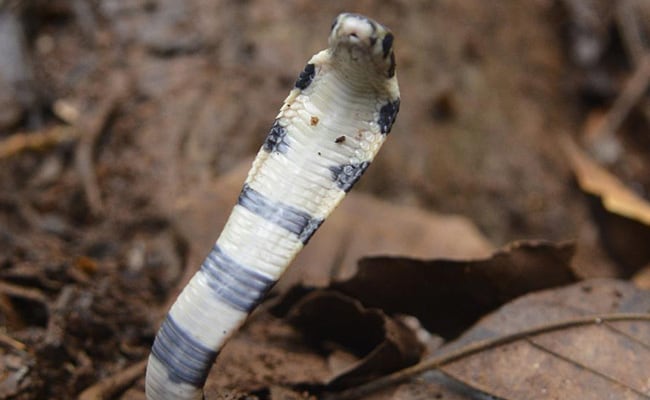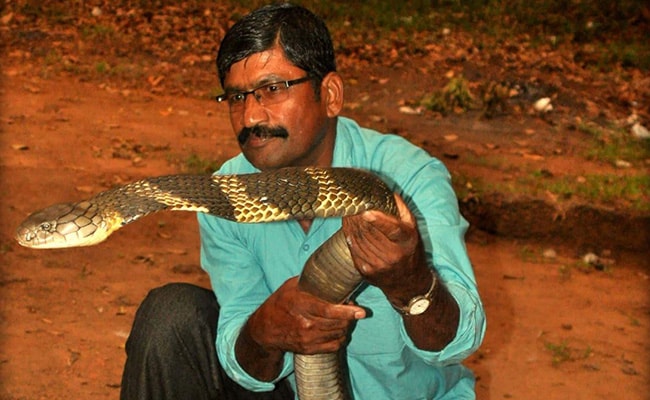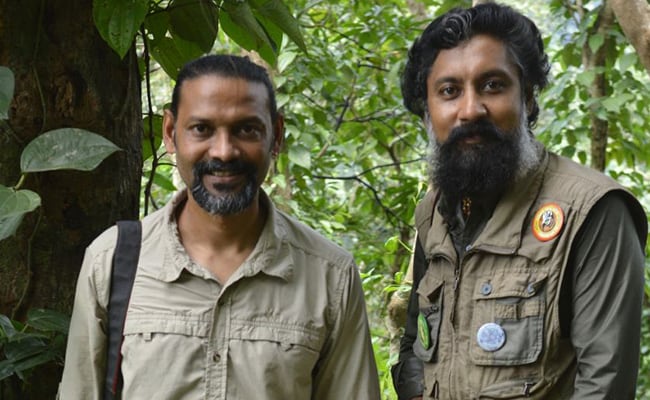
King cobras are considered among the world's most venomous snakes (Kalinga Centre for Rainforest Ecology)
Quick Take
Summary is AI generated, newsroom reviewed.
King cobra, among world's most venomous snakes, laid eggs in May
Conservationists convinced panicked locals not to destroy the eggs
They waited for the eggs to hatch, released hatchlings deep in forest
Chandran MP, a member of the Forest Department's Rapid Response Force, got a panic call on April 22 after a cobra was spotted in Kottiyoor.
Vijay Neelakantan and Gowri Shankara were with Mr Chandran and eventually spotted the king cobra's nest and eggs. Experts say this was likely the mother king cobra's first nesting, and she may have abandoned the eggs out of fear, after being spotted.
"There was no way we would agreed to have the eggs destroyed," Mr Neelakantan categorically tells NDTV.

Photo Credit: Kalinga Centre for Rainforest Ecology

Photo Credit: Kalinga Centre for Rainforest Ecology
It was tough convincing locals to let the eggs be, admits Mr Neelakantan. "We showed them several presentations and dealt with their fears logically and scientifically," he explains.

Photo Credit: Kalinga Centre for Rainforest Ecology

Photo Credit: Kalinga Centre for Rainforest Ecology
After 72 days, they started a round-the-clock vigil, till they saw the king cobra hatchlings emerge, nearly 30 days later.
While they refuse to give out the exact number of hatchlings, saying they want to avoid panic among locals, Mr Neelakantan assures NDTV the hatchlings were released deep into the forest.
"The whole process of seeing the eggs hatch... and people's attitude change...was a reward we would cherish," says Mr Neelakantan.

Photo Credit: Kalinga Centre for Rainforest Ecology

Photo Credit: Kalinga Centre for Rainforest Ecology
Track Latest News Live on NDTV.com and get news updates from India and around the world

